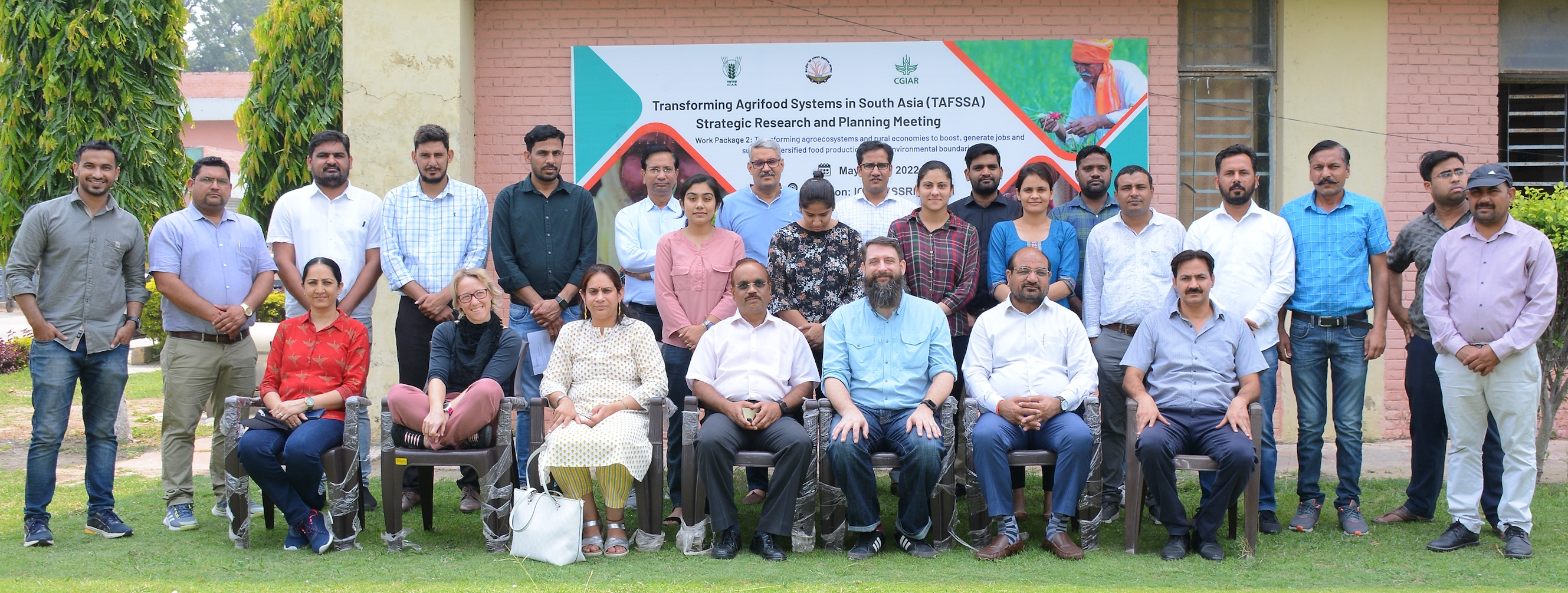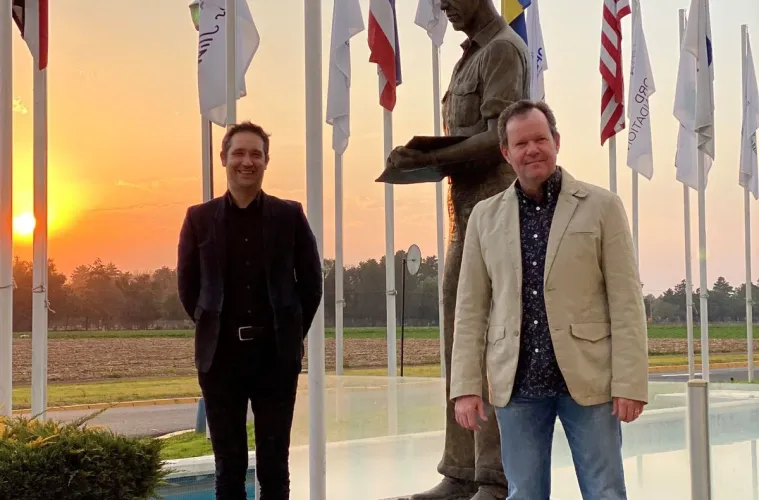A common approach toward data structuring is needed to improve access to gender research across agriculture data repositories, a recent report by the CGIAR Platform on Big Data in Agriculture suggests.
Simply adding the keyword ‘gender’ in database descriptions will improve the findability of gender agricultural research, which currently is hard to find due to the inconsistent use of keywords and tagging, said the report’s author Marcelo Tyszler, a (gender) data expert with the Royal Tropical Institute (KIT) in the Netherlands.
“The data is there. We just can’t find it all! A lack of consistent keywords when tagging research is leading to holes in searches for gender research across CGIAR, the world’s largest network of agricultural researchers,” he says.
“A more systematic and sharper use of keywords when describing datasets will improve findability in searches,” Tyszler states.
As part of the Findability of Gender Datasets report, researchers used a range of keywords, including ‘gender’, ‘women’ and ‘female,’ to search repositories for gender-based data across CGIAR agricultural research centers and compared the search results with a reference list of gender datasets provided by scientists. The results showed that a number of the datasets in the reference list were not found using these search terms.
The results uncovered important inconsistencies in the description of gender research, especially in terms of how data is structured and the detail of documentation provided in CGIAR repositories, says co-author Ewen Le Borgne, a KIT gender researcher.
“Poor data management limits the impact of research to be found, read and incorporated into new research projects,” Le Borgne says, invoking the age old saying, “If a tree falls in a forest and no one is around to hear it, does it make a sound?”

The researchers used the findings to promote a standardized approach to tagging and describing their research.
“To improve findability and the impact of data, the gender community should develop a list of commonly agreed keywords that can be used to consistently describe gender research data sets,” Le Borgne explains.
Any dataset containing ‘sex-disaggregated’ data should indicate so in the keywords, said Tyszler. This is also important for non-gender researchers, to broaden the scope of their impact.
“By facilitating the tagging, findability and accessibility of quantitative and qualitative gender data we hope to facilitate mixed methods research by providing opportunities for both qualitative and quantitative researchers to exchange insights and create a stronger dialogue,” he explains.
Moreover, across the CGIAR there is a wealth of gender specific qualitative data collected through focus groups, interviews and other participatory research. As CGIAR continues to advance gender research efforts, big data is unearthing exciting opportunities for understanding and acting on the relationships among gender, agriculture, and rapidly digitizing economies and societies. However, varied approaches to data management is restricting access, thus limiting the impact data can have when other researchers aim to reuse results to gain deeper insights.
Moving beyond the ‘gender’ tag
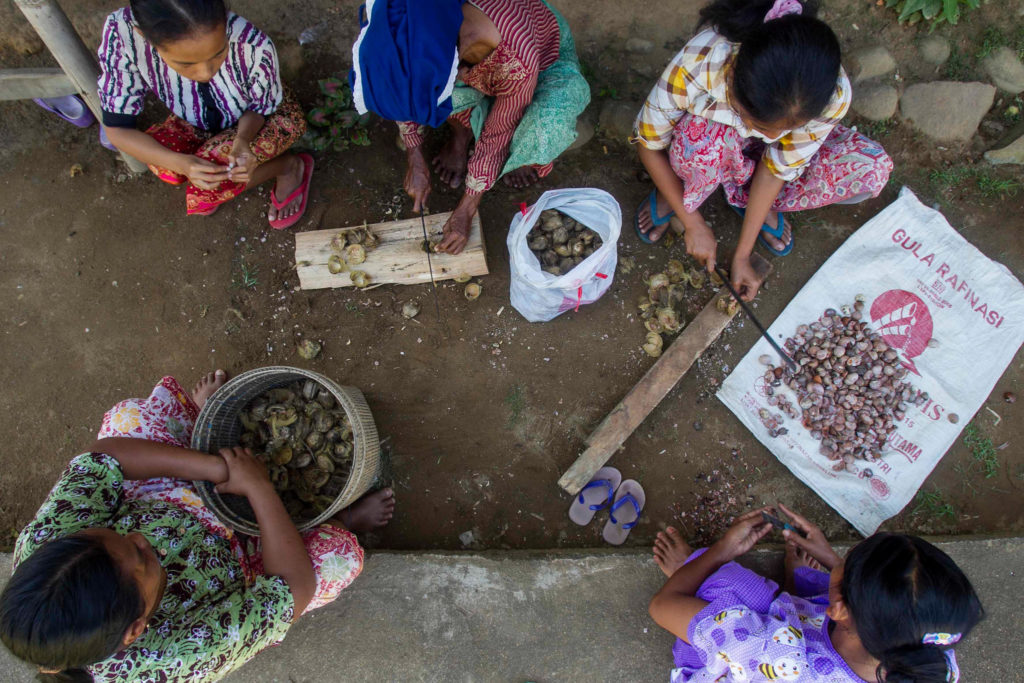
Not surprisingly, ‘gender’ was the most common keyword used to describe data found in the study. Although it is essential for researchers to add the ‘gender’ keyword to research descriptions they must also go further in describing what the dataset represents, the researchers indicated.
“‘Gender’ is not precise enough a keyword to find all relevant gender-focused datasets. However, our search shows very few details as to what, about gender, is studied in each project,” says Tyszler.
Studies in other fields, for example nutrition, seem to have much more granularity in the description, with keywords including, nutrient intake, nutrition policy, micronutrient deficiencies, etc. We need a movement like this in gender research, he explained.
Better keywords should be a minimum, but it is also possible to consider the identification of a set of smart ‘gender metadata fields’. These would be input elements that need to be filled in that could ensure all CGIAR datasets properly assess gender dimensions, which would boost the visibility of gender research.
Working as part of the CGIAR Socio-Economic Data Community of Practice, the gender researchers support the exchange of gender-focused data collection tools, with standardized focus groups and interview questions, to improve the potential for comparing different datasets.
Since 2018, the CGIAR Platform for Big Data in Agriculture and CGIAR Collaborative Platform for Gender Research have been collaborating out of mutual interest, to identify ways to unlock the big data potential of gender research.
Together they aim to take a much more active role in shaping up how gender data can be better analysed and reveal new insights, said Gideon Kruseman, the lead of the CGIAR Socio-Economic Data Community of Practice.
“We are promoting a standardized approach by bringing together gender data experts with other socio-economic and even biophysical scientists that may not know how to best engage with gender research and data,” Kruseman explains.
Access the full Findability of Gender Datasets report, which was funded through a 2018 grant to KIT Royal Tropical Institute, by the Community of Practice on Socio-Economic Data with co-funding by the CGIAR Gender Platform.
Cover photo: A woman helps to install a drip irrigation pipe on a farm in Gujarat, India. (Credit: Hamish John Appleby, IWMI)
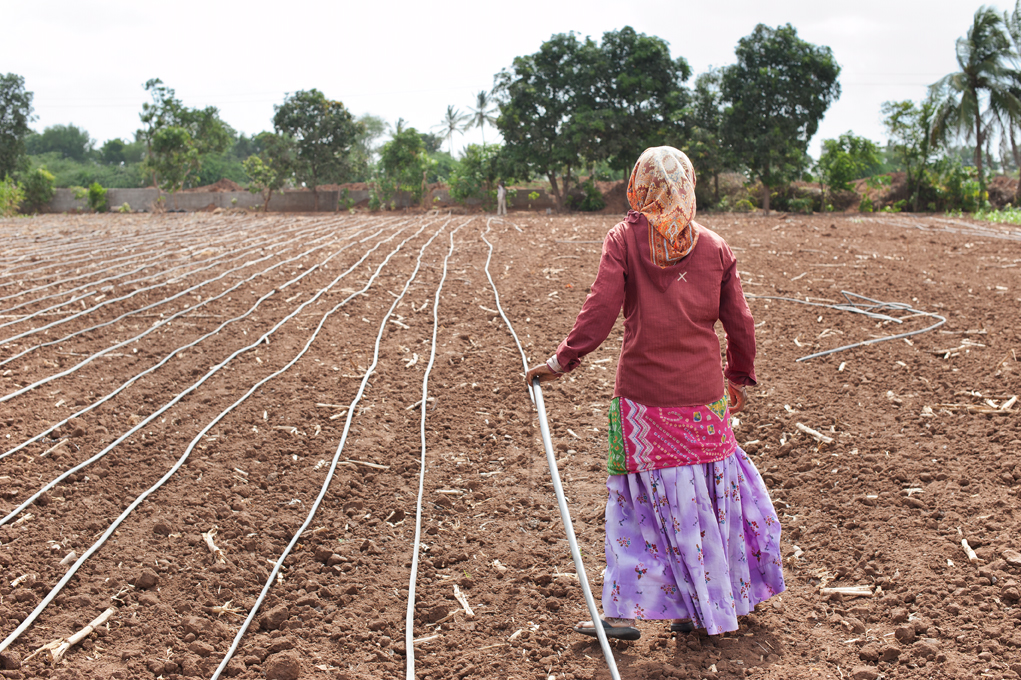
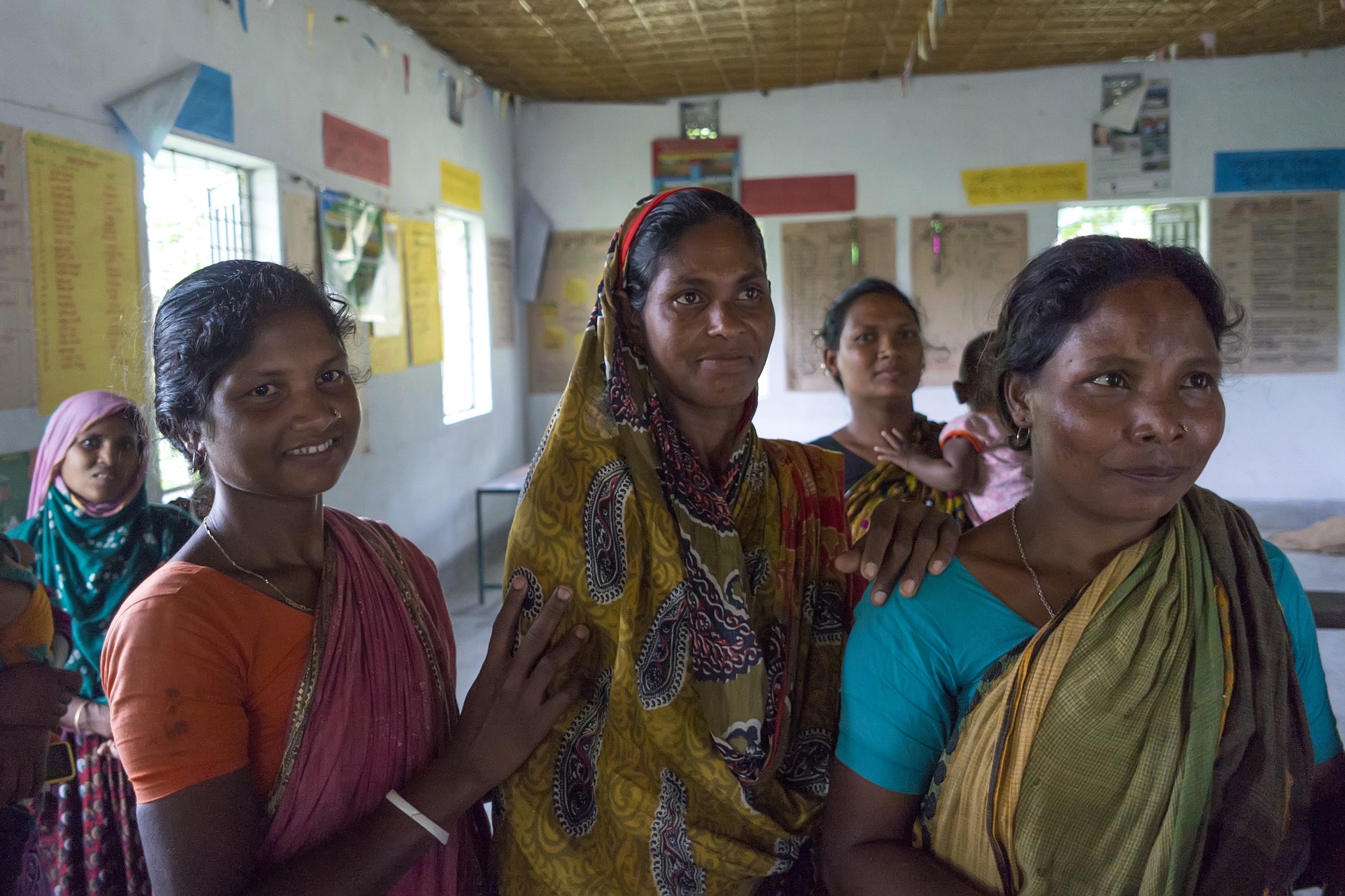
 Gender equality, youth and social inclusion
Gender equality, youth and social inclusion 